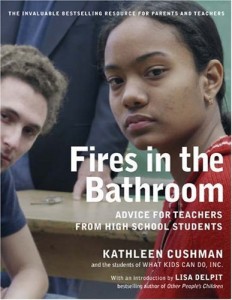A key aspect in Gregory Palardy’s article “High School Socioeconomic Segregation and Student Attainment” discusses school practices determining student attainment. Palardy mentions that low SEC high schools tend to have less rigorous and less academically oriented curricula to make room for addressing misbehaviour and safety concerns. This is noteworthy, in his opinion, as he mentions academic achievement is lost at the cost of a disciplinary focus in the classroom. The lack of academic practices and focus on disciplinary measures leaves students at a competitive disadvantage for postsecondary acceptance (Palardy 721).
As many others would propose, my response to this argument is Social and Emotional Learning (SEL). For example, Paul Tough’s Book How Children Succeed, credits a student’s non-cognitive skills for success is university. Persistence and grit, personality traits that can be developed in schools, can determine life’s outcomes. Tough goes as far to say that poor children who have experienced an abundance of adverse childhood experiences (ACEs) may survive better in the demanding post-secondary environment because of their resilience they developed in the childhood. The challenge is not performing in postsecondary, but getting there financially (Bethune).
What I would like to provide then, are English lit activities that blend learning discipline, or better yet, relationship building, with academic content. Luckily, the English classroom is one of the easiest classrooms to use SEL (we like to discuss how something makes us feel).
Activities:
1. Use literary characters to teach emotional intelligence. Find books that have strong character development and conflict. Include characters that are close in age as your students. Discuss what the students would do in the position of the characters. Relate writing exercises and discussion to real life application. Distinguish conflict from violence.
2. Double-entry journals. Similar as the idea above. Having students write prompts on how the actions of a character would affect the world around the character and around the student writing the journal. For example: How do Romeo and Juliet’s suicides affect the world around them? How would this affect your world? Why is suicide romanticized in this play?
So, to avoid jeopardizing academics at the expense of developing discipline, the two foci can be melded into one learning outcome. With this agenda, teachers can dispel the idea that low socioeconomic students suffer at the lack of academic content in classroom, while encouraging the resilience low socioeconomic students have.

